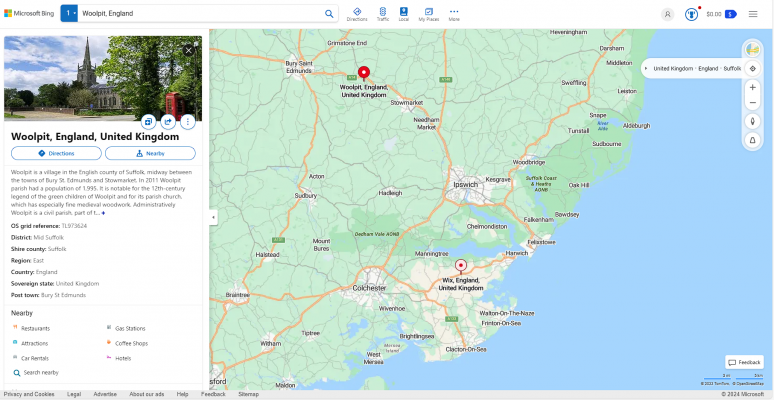Looking into green skin pigmentation, I found this long winded explanation for green skin caused by copper dust:
https://epmonthly.com/article/green-skin-google-it/
It does still not address
@marhawkman's comment about the children living in a cave, but if there was a cave, perhaps it had copper ore veins running through?
From William Newburgh's account of the story (link at post 72):
near this place are seen some very ancient cavities, called ‘Wolfpittes’, that is, in English, ‘Pits for wolves’, and which give their name to the adjacent village [Wulpet, a market town].
The
"ancient cavities" is, perhaps a truer description than "caves" for where the children emerged.
Going further into the rabbit hole, I looked up copper toxicity. It is rare, but can happen and fatigue, stomach pain, nausea and vomiting, change in taste which can lead to decreased or no appetite can be symptoms.
While it is said that food was withheld from the children (which in itself would cause them to experience some difficulties), the effects of copper toxicity might also cause them to not eat.
And going further down the hole, green beans are legumes, and, legumes are nutritional good source of copper.
All info about copper in body from here:
https://www.medicalnewstoday.com/articles/copper-toxicity#copper-in-water
Then the reference to St. Martin. There is Tours, France which does have an Abbey of St. Martin. It could be possible that the children identified themselves with their local church. It would also explain the different language they spoke. While I question that French was an unknown language, it may have been a local dialect, and perhaps Woolpit was isolated enough from the world that they were not familiar with the language
So my question or pondering for this story is not the veracity of it, but wondering if there is some folklore or fairytale that this might be mirroring? My thoughts may be way off base (most likely), but now I see several links to St. Martin and greenish skin pigmentation (possible copper mines) in the story.



